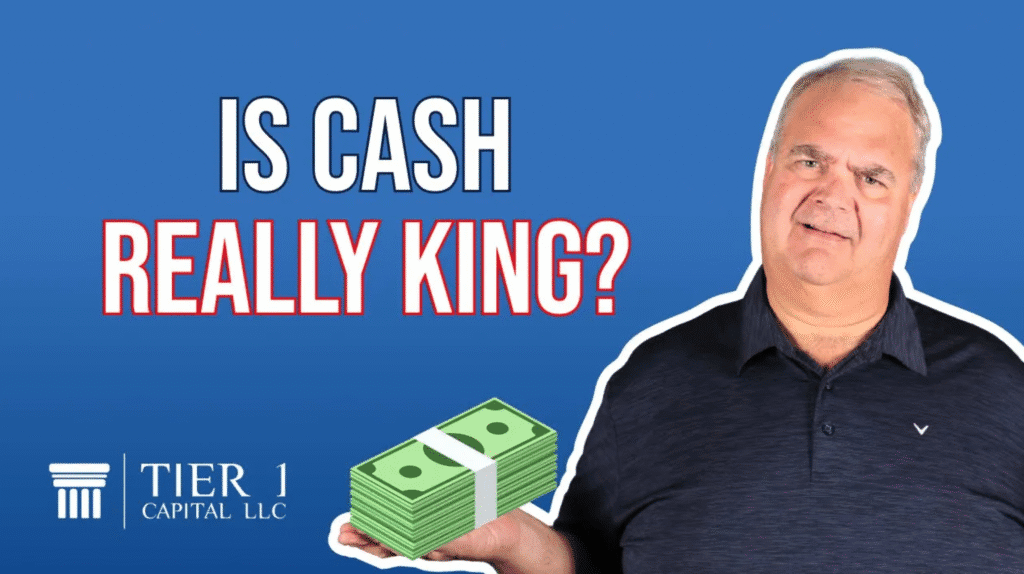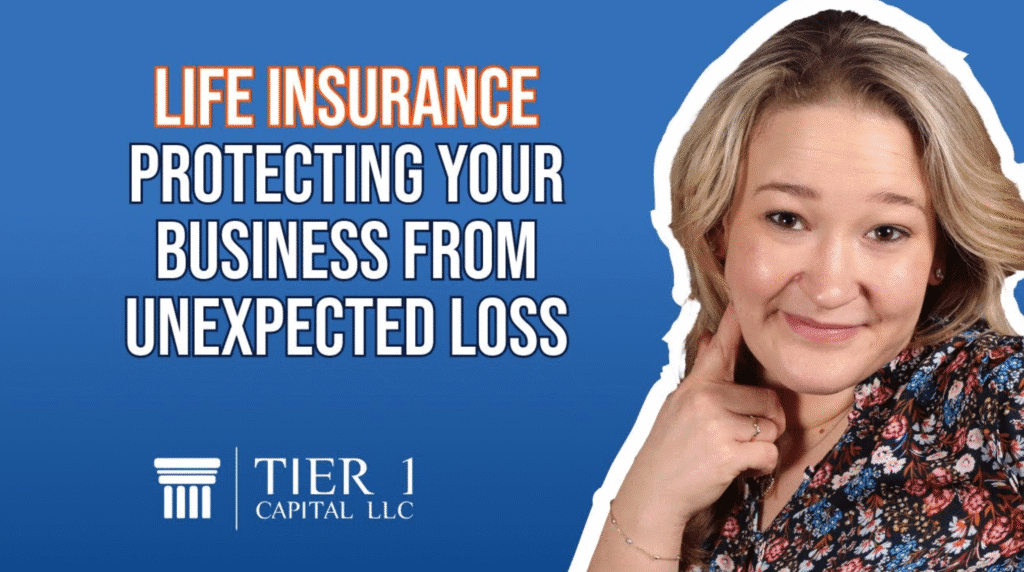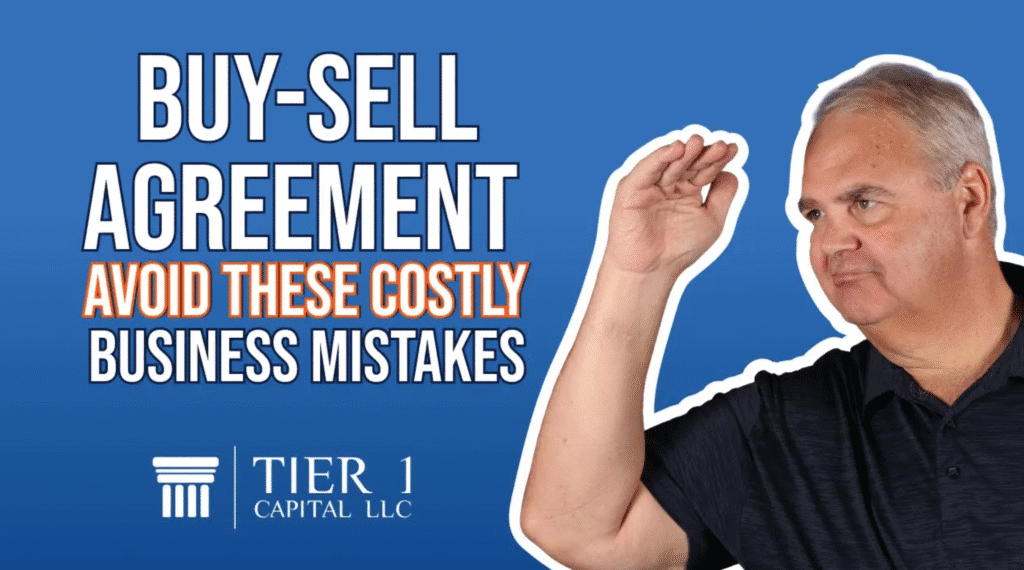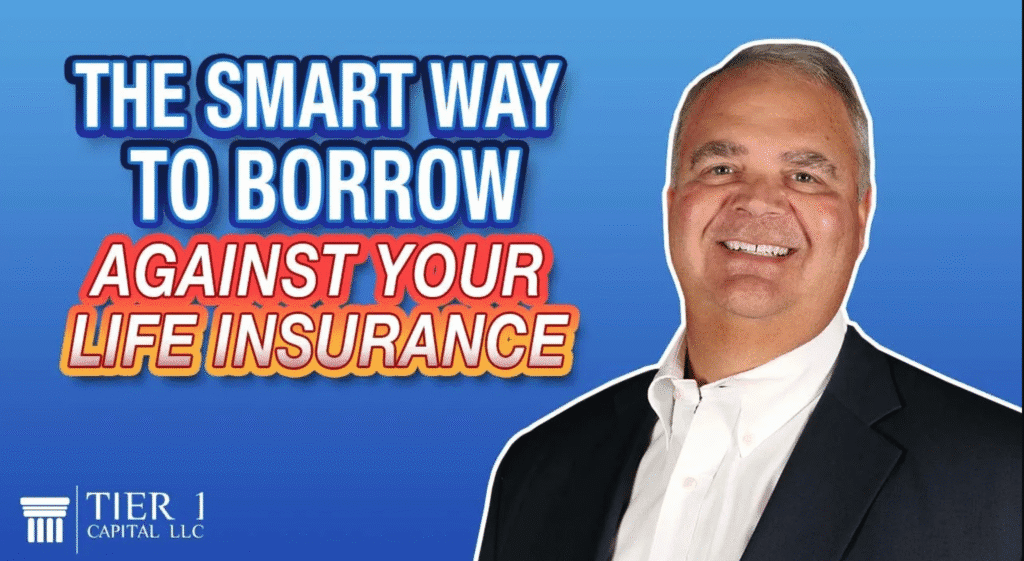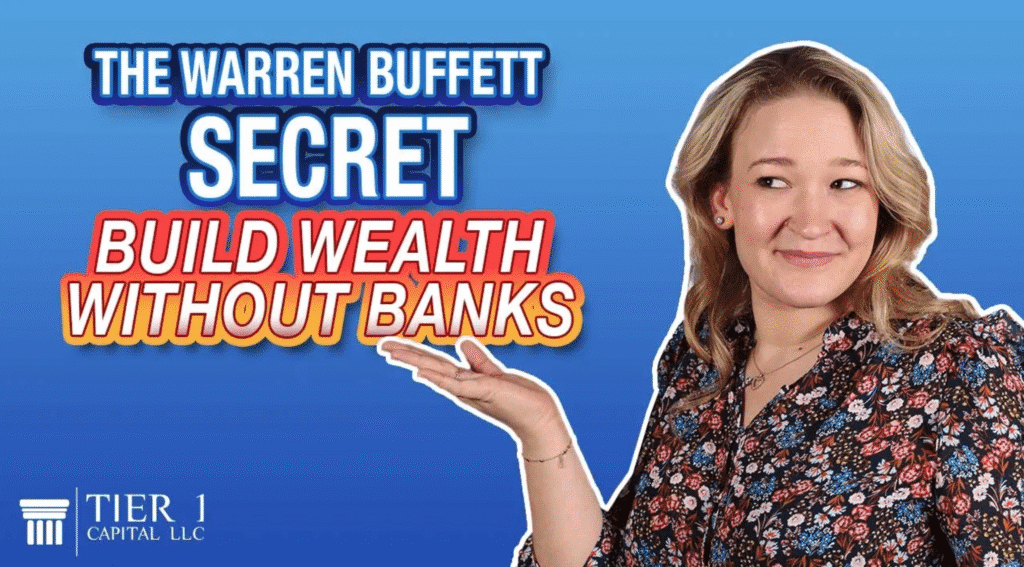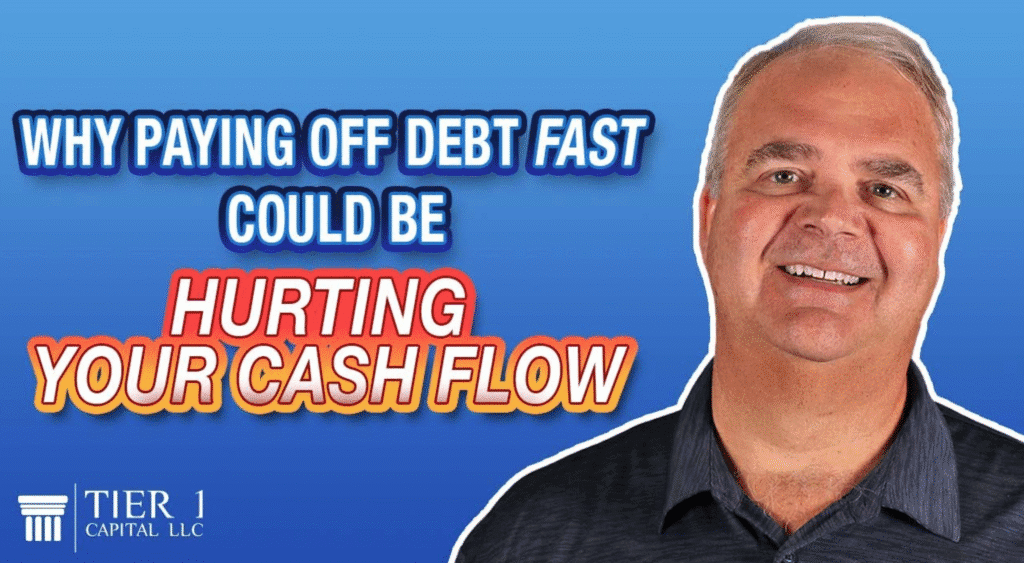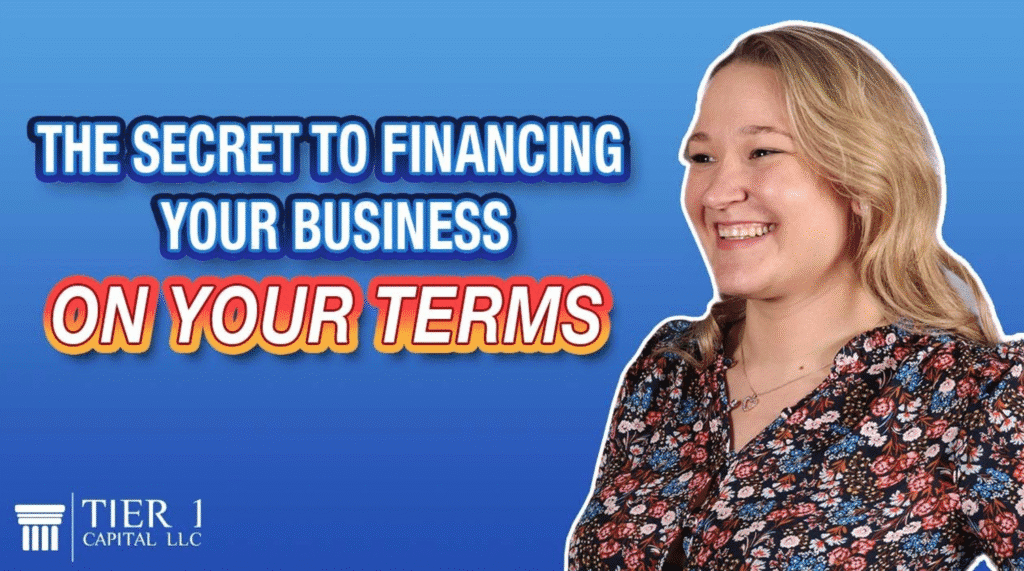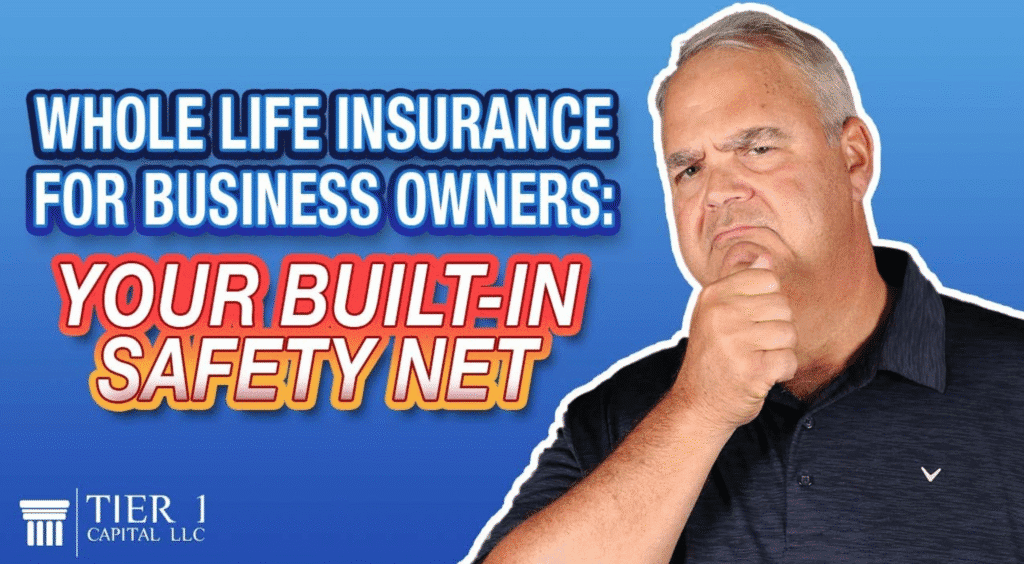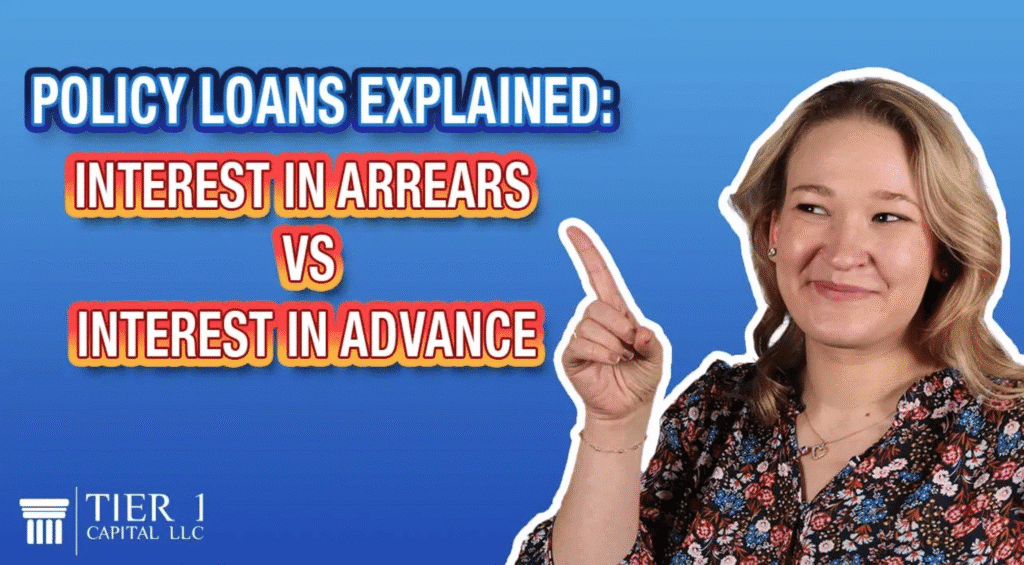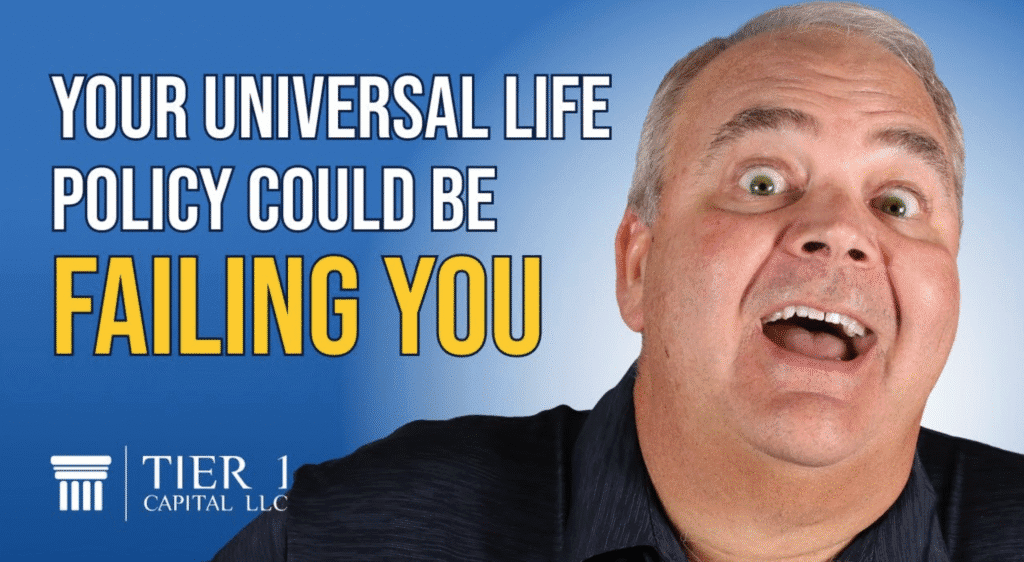
More and more advisors are using universal life policies whether it’s IUL, VUL, or standard UL or the infinite banking concept and for accumulating cash within life insurance. Today, we’re going to talk about why it’s so important to monitor your universal life policies to ensure they’re performing the way you expect and the way you need.
A universal life policy, whether variable (VUL), indexed (IUL), or traditional UL, is essentially an unbundled whole life policy. Whole life is a bundled product the insurance company manages the moving parts. In contrast, universal life separates them: it’s a combination of an annually renewable term insurance policy (where the cost increases every year as you age) and a separate cash accumulation account used to support the policy. These policies unbundle three key components: mortality costs (insurance charges), expenses (the cost to run the insurance company), and interest earnings. Each of these is charged or credited individually in a universal life policy. In a whole life policy, they’re bundled together and managed by the insurance company. The idea behind universal life is that if there are savings in any of the three areas fewer than expected deaths, lower administrative costs, or better than expected investment returns those savings will be credited to your policy as excess interest.
This sounds good in theory, and it’s essentially how whole life works, too except through dividends. The major selling point of universal life is flexibility in premiums. But the problem with flexible premiums is just that: they’re flexible. People often assume that means they don’t need to pay or can pay less. That might be true in one year, but it sets up the potential for failure down the line. Costs can go up or down in any of the three areas. But over time, as conditions change, costs typically go up as we’re seeing in today’s environment.
With whole life, if any of the three components underperform (higher mortality, higher expenses, or lower interest), the insurance company bears the risk. They cannot change the terms of the contract. But in universal life, that risk is shifted often unknowingly and unnecessarily onto the policyholder. Unknowingly, because most people were never told this. Unnecessarily, because it doesn’t have to be that way.
We frequently review clients’ universal life policies either through annual statements or in-force illustrations and often find insufficient cash value and inadequate premiums to sustain the death benefit. The outcome is predictable: the policyholder must either increase premiums substantially or risk losing both the death benefit and the premiums they’ve already paid. The tragic part? People walk away from these policies not because they want to, but because the cost to keep them is unaffordable especially as they age and get closer to the point when the policy is most needed.
What typically happens in underfunded universal life policies is this: early on, the cash value grows because the cost of insurance is low and premiums exceed those costs. But over time, as the cost of insurance rises and premiums stay the same (or are skipped), the cash value is drained to cover the increasing charges. Eventually, the policy lapses. The result? No cash value, no death benefit, and a total loss of everything you’ve paid in.
With whole life, this cannot happen. The insurance company assumes all the risk. And that’s what insurance is for to transfer risk. Just like you insure your home against loss, you insure your life to protect your family or your business from a financial loss.
With whole life, the net amount at risk for the insurer decreases over time, because the policy’s cash value grows. The company is setting aside funds to guarantee the payout at maturity. In universal life, however, that risk is not guaranteed to decrease. If charges exceed premiums, they deduct the difference from your cash value, increasing the net amount at risk at the same time you’re getting older and the cost of insurance is rising.
In other words, you may be carrying risk you didn’t know you signed up for.
So what can you do?
If your health is still good and the policy has enough cash value, you may be able to transfer that value into a properly structured whole life policy. If you’re uninsurable due to health, you’ll need to decide whether you can afford to keep funding your current universal life policy to keep it in force longer than your life expectancy.
Ultimately, you’re going to have to increase premiums.
A properly funded universal life policy still carries risk, but it’s generally funded at levels equal to or higher than whole life. And that leads us to a key question: if the best outcome you can expect from universal life is the same as what you’d get with whole life but without the risk why would you choose the risky route, especially if you don’t fully understand that risk?
If you own a universal life policy, here’s what you need to do:
-
Request an in-force illustration each year. Make sure your policy is performing as expected.
-
Analyze your premium contributions. The more you pay now, the less you’ll have to pay later.
-
Plan ahead. The older you get, the more expensive it becomes to keep the policy in force.
-
Ask yourself: Will you pay more in premiums over time than your family will receive in death benefit?
That’s not a favorable position to be in.
We’ve been trained to believe that with insurance, lower premiums are always better. But that doesn’t apply to life insurance. With life insurance, more premium equals less risk. Less premium equals more risk. You have to decide what matters more: saving a few dollars now, or the certainty of a payout later.
If you’d like a free analysis of your universal life policy or portfolio, visit our website at www.tier1capital.com and click the “Schedule Your Free Strategy Session” today. We’ll help you evaluate whether your policy can be rescued and whether a transfer makes sense.
Thanks for reading, and remember it’s not how much money you make, it’s how much money you keep that really matters.



